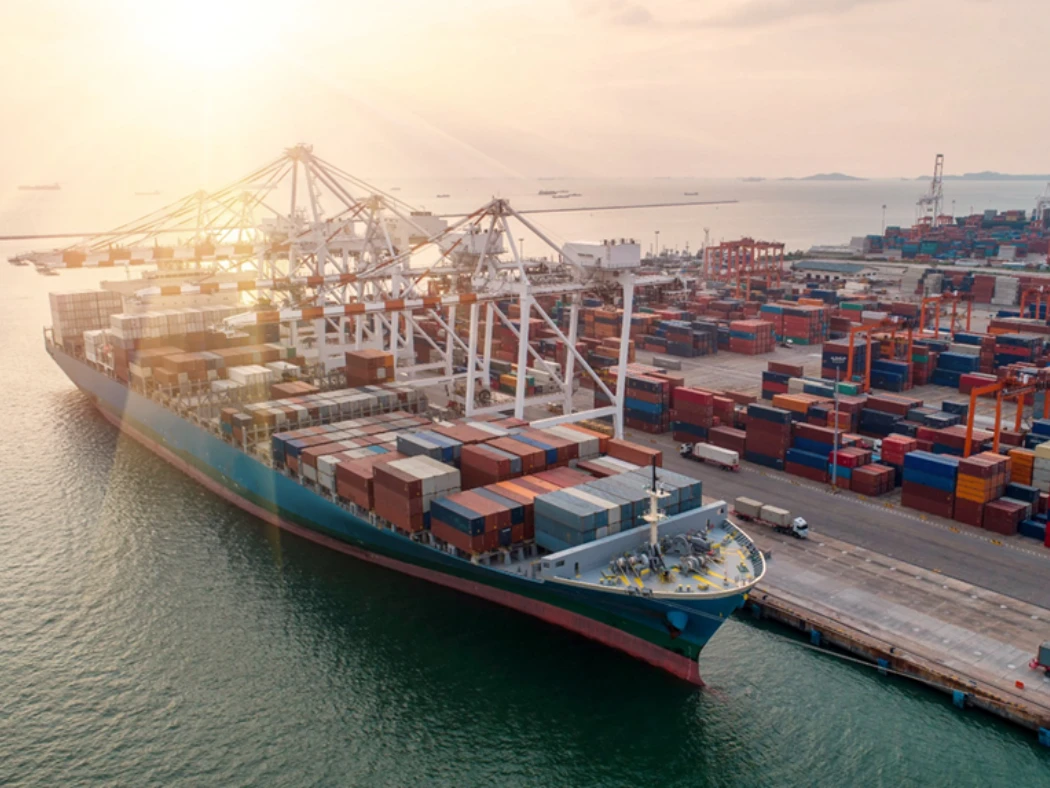


The freight rates in Q4/2024 are showing a cooling trend
The global supply chain disruptions caused by the impacts of war, political turmoil have led to widespread difficulties in the sea transport market. The effects of the COVID pandemic, the drought situation affecting canal routes have disrupted vessel schedules, prolonged transport times, led to container shortages, and unbalanced empty container returns. Carriers anticipate that to mitigate the impact of these conditions, factories will push production schedules earlier, with orders being placed, manufactured, and delivered earlier than in previous years.
In 2024, the peak season shifted to Q3 instead of Q4 as in previous years. The recent peak season witnessed significant price fluctuations with sharp increases in Q3. It is forecasted that there will be no peak season in Q4, and prices may decrease compared to the previous quarter.

Market Prediction for Q4/2024
Overall, freight rates are cooling off, the market is stabilizing, and prices are expected to return closer to Q2 levels. Below are detailed freight rate forecasts for specific routes in the market:
Thailand, Japan, and China: Prices are returning to stable levels before the peak season, with more stable space conditions post-peak season.
Malaysia, Indonesia: There is an increasing demand for exports from Ho Chi Minh City to these ports. However, many shipping lines have temporarily suspended services due to containers not being loaded onto ships as planned, forcing waits for other vessels ("rolled" cargo) at transshipment ports such as HKG, SIN, and PKL due to limited space and high freight rates.
Shipping lines still provide transit services through SHK, SHA, and Xiamen. Although fares have decreased compared to the peak season, the reduction is not significant.
Singapore: The cargo transshipment port is currently congested, port congestion surcharges are still in effect, prices have not decreased, and space is quickly running out. Major shipping lines do not prioritize providing containers for this route, but orders can be placed through NVOCC with agents in Singapore, as they have Shipper Owned Containers (SOC) to transfer to agents in Singapore.
South Korea: Prices are on a downward trend compared to mid-Q2, Q3. LSS decreased from 120/240 to 110/220 at the beginning of Q4 (October), and freight rates are also expected to decrease in Q4.
India, the Middle East, and the Red Sea: The market has seen a significant price drop compared to the peak season of Q3. Shipping lines and NVOCCs are offering incentives for cargo on this route. Freight rates for the India route decreased slightly at the beginning of Q4, but started to increase from mid-October and are expected to continue rising in the near future.
Europe, South America, and Africa: The market prices have dropped significantly compared to the peak season of Q3. Shipping lines are offering incentives for cargo on this route, especially for 40' containers. However, the Europe and US routes are showing signs of price increases due to the impact of the labor strike on the US East Coast.
Australia: Prices for the Australia route remain relatively high compared to the price drops on other routes, but there are also indications of price decreases from mid-October (the first month of Q4).
The sea transport market in Q4/2024 brings both opportunities and challenges for businesses. Although freight rates are trending downwards on many routes, instability persists. Factors such as port congestion, container shortages, and political turmoil continue to affect the market.
In this context, businesses need to be flexible in their transportation and import-export strategies. Monitoring market developments closely, seizing opportunities for price reductions on some routes, while preparing for potential fluctuations, will be key to overcoming the challenges of this challenging end-of-year period in 2024.


